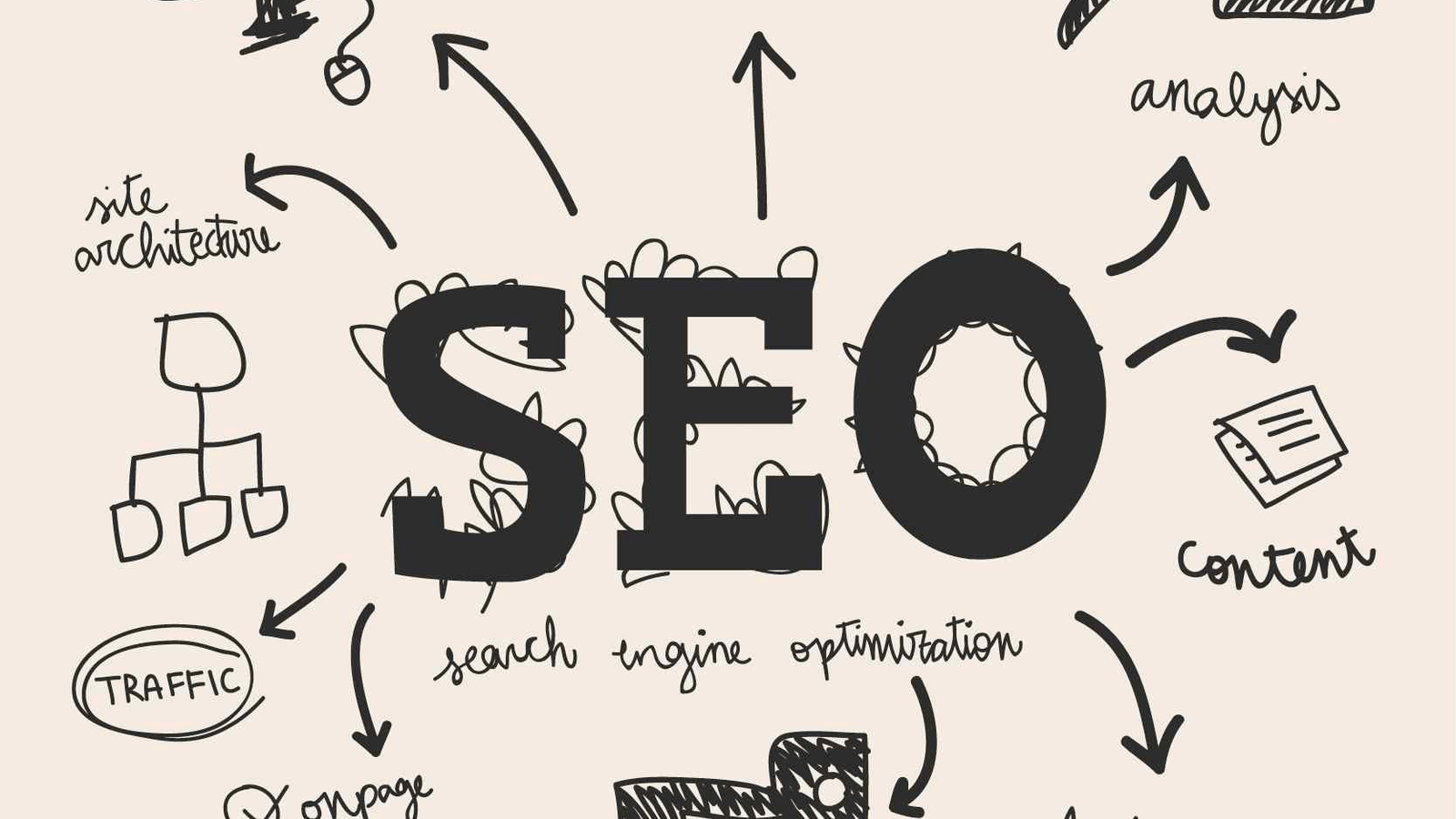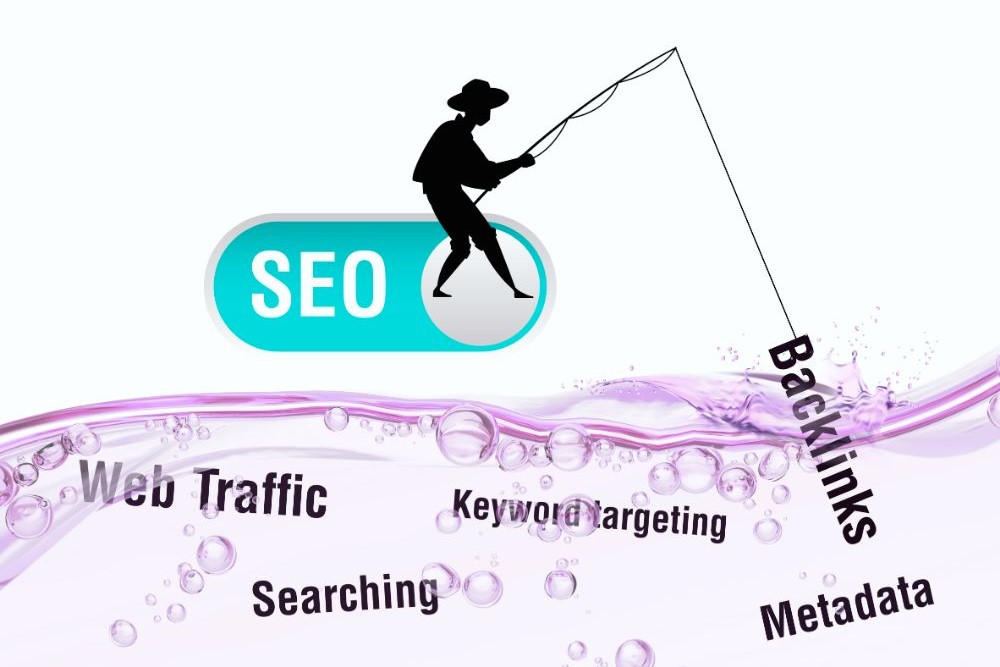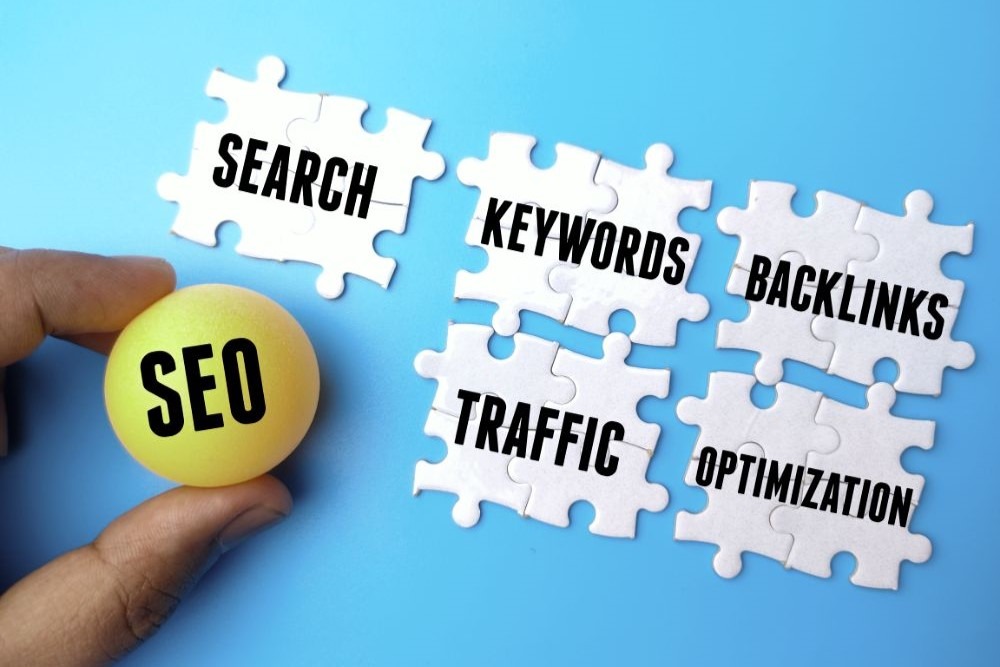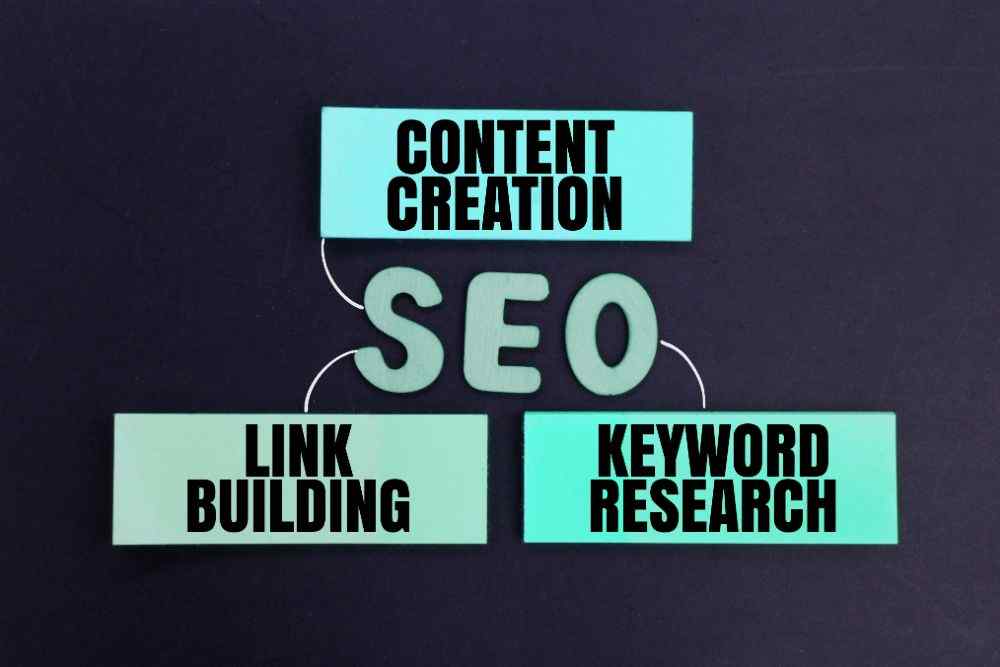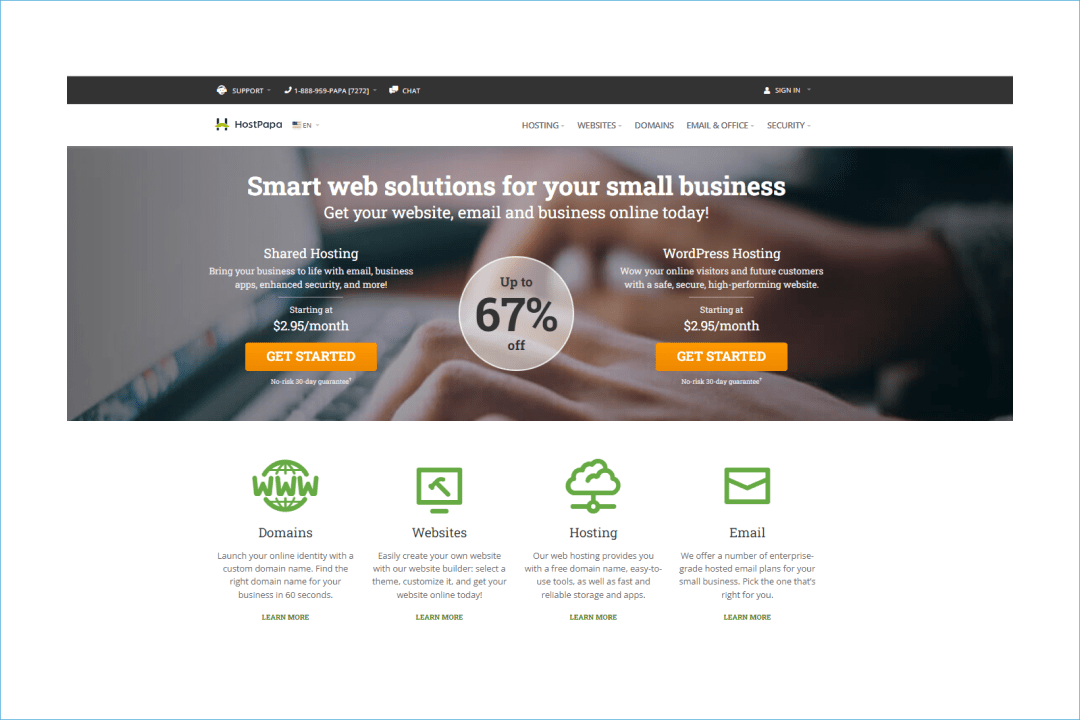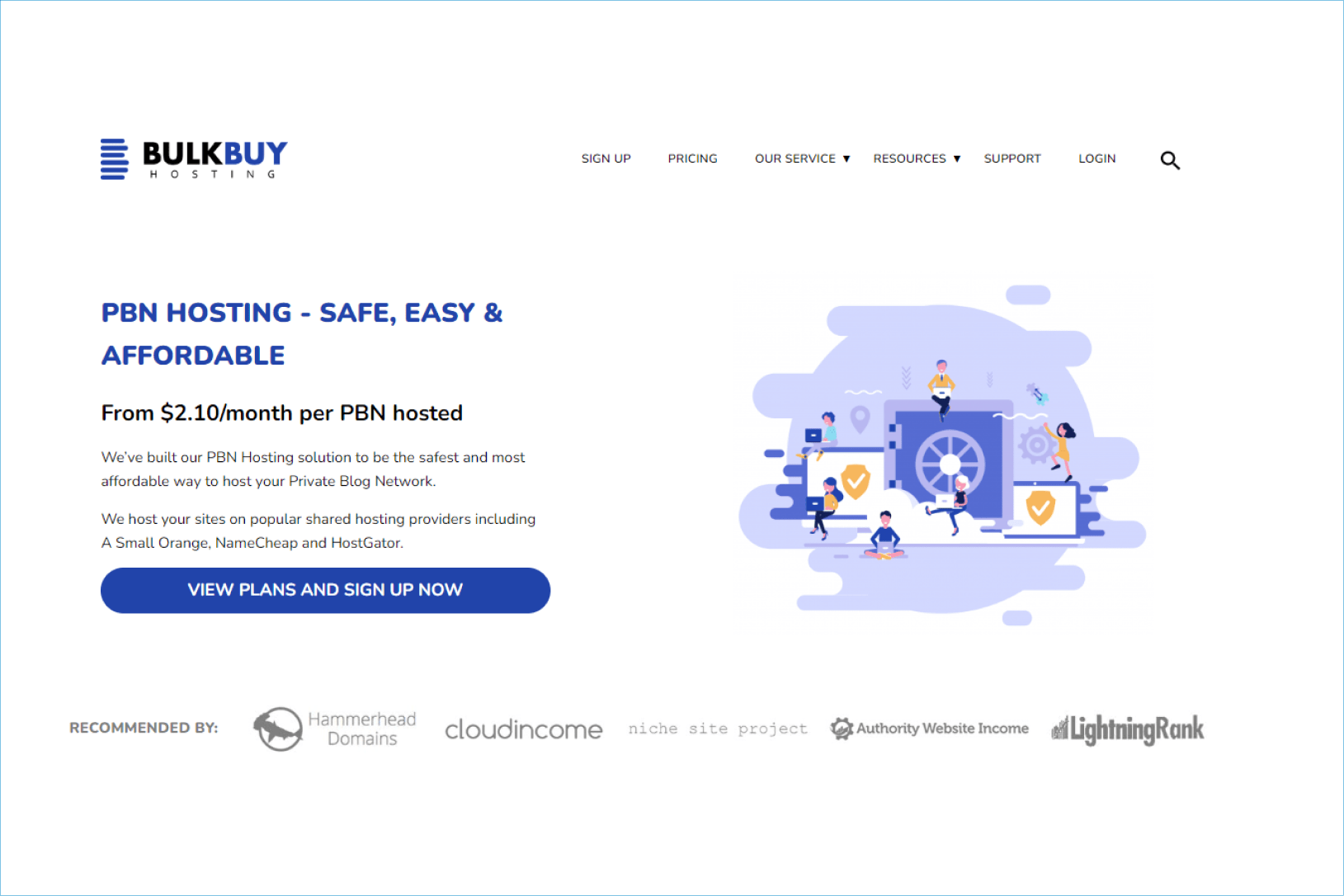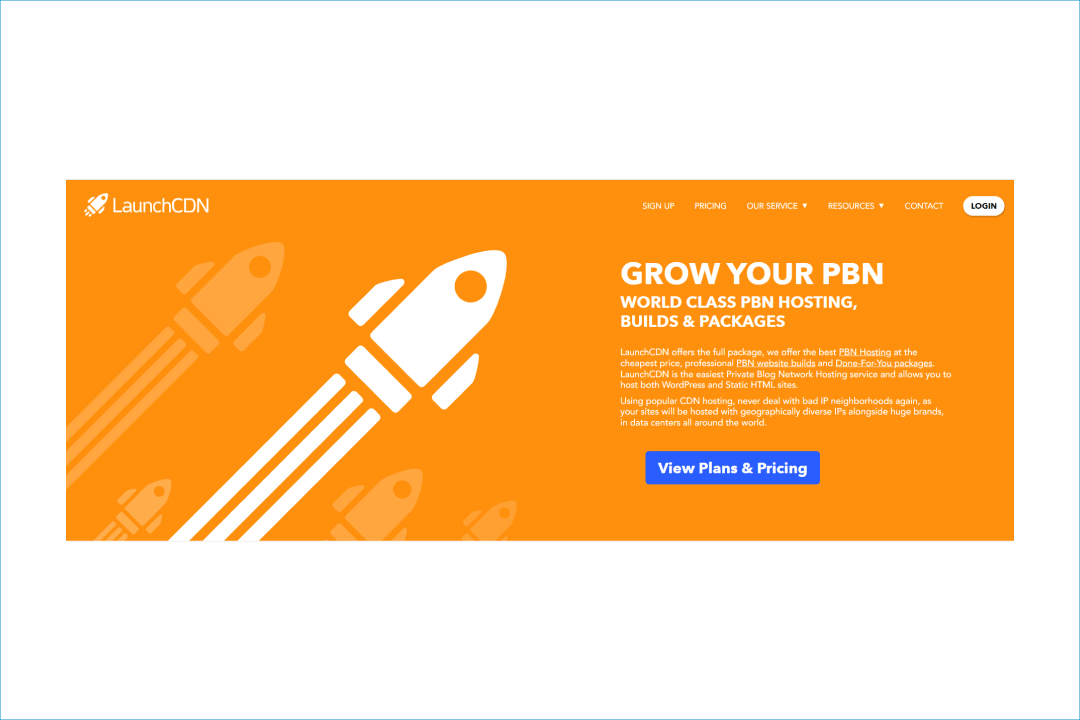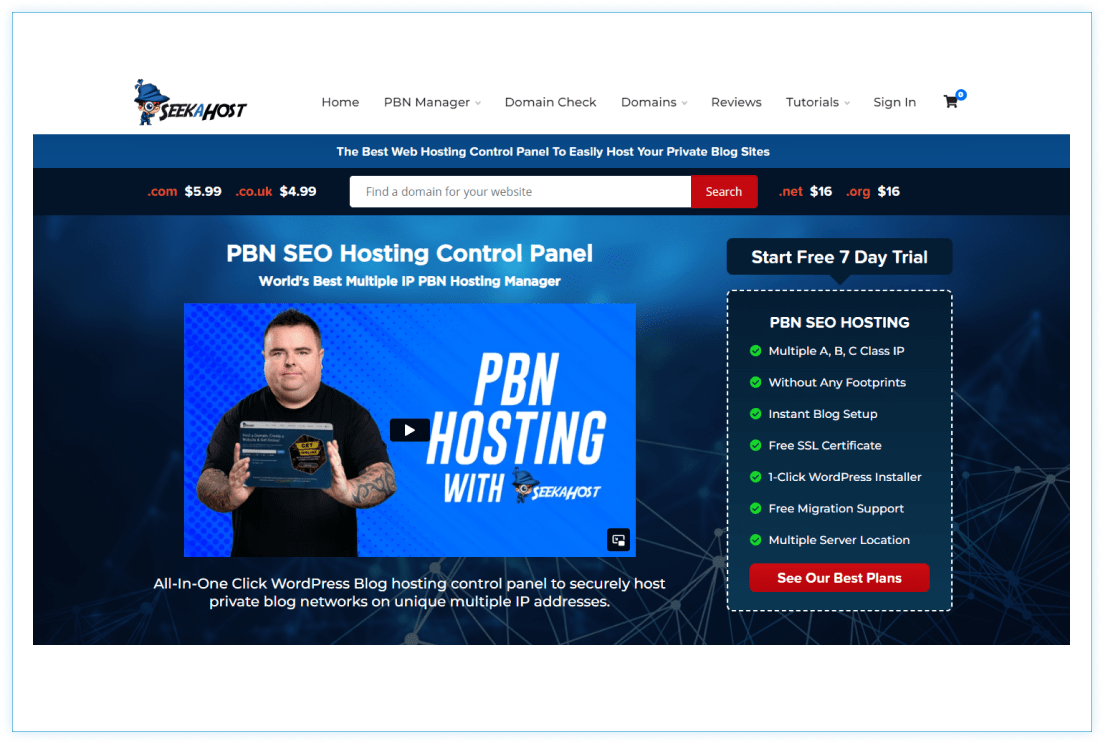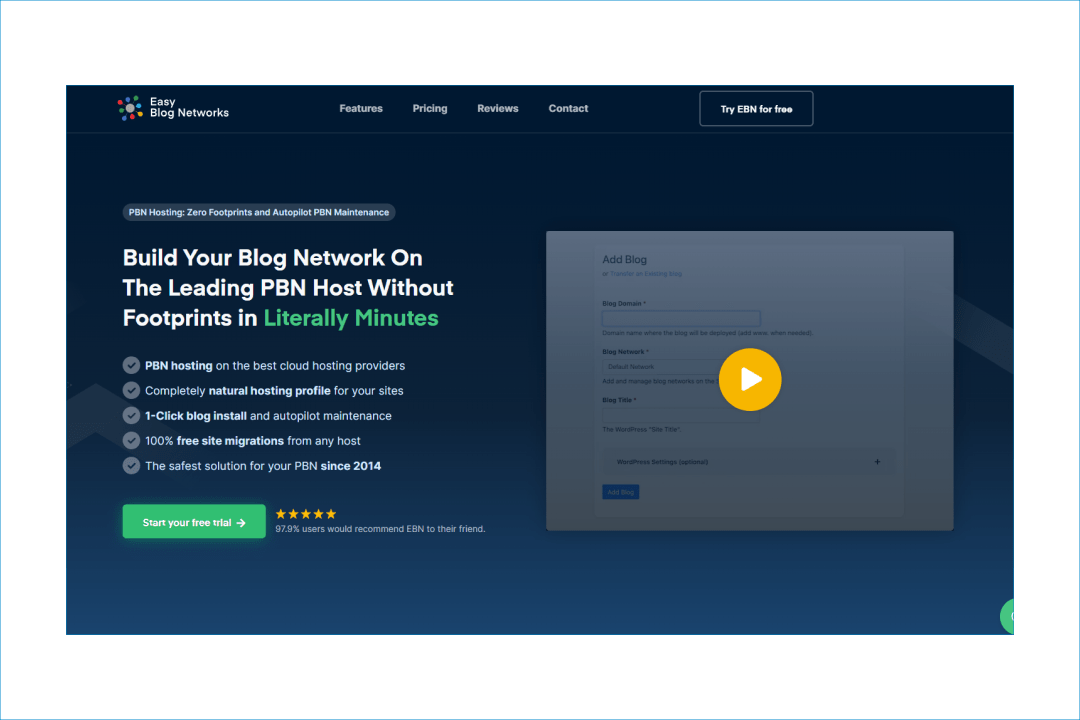
When someone types a question or phrase into a search engine, there’s always a reason behind it. That reason, known as search intent, is the driving force behind how and why people search the web.
Whether your goal is to rank higher on Google or connect better with your audience, grasping search intent is essential.
In this guide, we’ll explore the different types of search intent and how you can use this knowledge to boost your SEO and create more targeted content.
Key Takeaways
- Search intent, also known as user intent or keyword intent, refers to the primary goal or purpose a user has when entering a query into a search engine.
- Search intent is a fundamental concept in SEO and digital marketing, guiding the creation of content that effectively meets users’ needs and enhances their search experience.
- Informational intent is when users are seeking information or answers to specific questions.
- Navigational intent is when users are looking for a specific website or webpage.
- Commercial intent or commercial investigation involves users who are researching products or services with the intention of making a purchase in the future.
- Transactional intent is when users are ready to make a purchase or complete a specific action, such as buying a product or signing up for a service.
What Is Search Intent?
Search intent, also known as user intent, refers to the reason behind a user’s search query. It is the motivation or goal that drives someone to type a specific query into a search engine.
Understanding search intent is crucial for creating content that aligns with users’ needs and for optimizing search engine results.
Why Is Search Intent Important?
Search intent is a fundamental concept in search engine optimization (SEO) and digital marketing, playing a crucial role in how content is created and optimized.
Understanding and aligning content with search intent is essential for several reasons.
- Enhances User Experience: Search engines like Google prioritize user experience by delivering the most relevant results for a given query. By understanding search intent, businesses can create content that directly addresses users’ needs, leading to higher satisfaction and engagement. When users find what they are looking for quickly and efficiently, they are more likely to spend time on a site and interact with its content.
- Improves SEO Performance: Search intent is a critical factor in SEO. Content that aligns with user intent is more likely to rank higher on search engine results pages (SERPs). Google’s algorithms are designed to interpret the Intent behind queries and rank pages that best satisfy that Intent. Therefore, understanding and optimizing for search intent can lead to improved visibility and organic traffic. I recommend our article What is SERP? The Basics of Search Engine Results Pages.
- Increases Conversion Rates: By matching content to the appropriate search intent, businesses can guide users through the conversion funnel more effectively. For instance, content that aligns with transactional Intent can facilitate purchases, while content targeting informational Intent can build trust and authority, eventually leading to conversions.
- Refines Content Strategy: Understanding search intent allows marketers to tailor their content strategies to meet the specific needs of their audience. By identifying the type of Intent behind common queries, businesses can create targeted content that addresses those needs, leading to more effective audience engagement and segmentation. Learn how to create an SEO content strategy here: https://quirk.biz/how-to-create-a-successful-seo-content-strategy-expert-tips-and-tricks/
- Adapts to Changing Search Behaviors: The way people search is constantly evolving, influenced by factors such as mobile usage and voice search. By focusing on search intent, businesses can stay ahead of these changes and ensure their content remains relevant and accessible to users, regardless of how they search.
Types of Search Intent
There are four main types of search intent: informational, navigational, transactional, and commercial.
Informational Intent
Informational intent is when users are seeking knowledge or answers to specific questions. These searches are typically broad and aim to gather information about a topic.
For example, queries like “how to grow tomatoes” or “history of the internet” fall under informational intent.
Users with informational intent are not looking to make a purchase; instead, they want to learn more about a subject.
Content that caters to informational intent often includes how-to guides, tutorials, and articles that provide comprehensive information on a topic. Search engines prioritize delivering detailed and authoritative content to meet this intent, often featuring snippets, knowledge panels, and videos that quickly provide users with the information they seek.
Navigational Intent
Navigational intent is when users are trying to find a specific website or webpage. These users already know where they want to go but use a search engine to get there, often because it’s faster or they do not remember the exact URL.
For instance, a user searching for “Facebook login” or “YouTube” is demonstrating navigational intent. The goal is to reach a particular site rather than gather information or make a purchase.
Businesses need to ensure that their website shows up in search results for navigational queries. This makes it easier for users to find the right destination.
Transactional Intent
Transactional intent is characterized by users who are ready to make a purchase or complete a specific action, such as signing up for a service. These searches often include keywords like “buy,” “discount,” or specific product names, indicating a strong intent to transact.
For example, searches like “buy iPhone 14” or “subscribe to Netflix” are transactional.
Content that targets transactional intent should focus on facilitating the purchase process, such as product pages, pricing information, and easy navigation to checkout. Search engines often display ads and shopping results prominently for transactional queries to help users quickly find what they need.
Commercial Intent
Commercial intent, also known as commercial investigation, involves users who are researching products or services with the intention of making a purchase in the future. These users are in the consideration phase and are looking for comparisons, reviews, and recommendations to help them decide.
Queries like “best laptops 2024” or “top-rated running shoes” exemplify commercial intent. Content that addresses commercial intent should provide detailed product reviews, comparison charts, and buyer’s guides to assist users in their decision-making process. By effectively catering to commercial intent, businesses can position themselves as trusted sources and influence potential customers’ purchasing decisions.
How to Determine Search Intent
Determining search intent is a crucial step in optimizing content for search engines and ensuring that it meets the needs of users. Here are some strategies and methods to effectively determine search intent:
Analyze Search Queries and Keywords
- Keyword Modifiers: Look for specific words in search queries that indicate intent. For example, queries containing “how to,” “what is,” or “best” often point to informational intent, while phrases like “buy,” “discount,” or “price” suggest transactional intent.
- Query Length and Structure: Longer queries often indicate informational or commercial intent, as users are looking for detailed information or comparisons. Shorter queries might suggest navigational intent if they include brand names or specific websites.
Examine Search Engine Results Pages (SERPs)
- SERP Features: Different features on the SERP can hint at the type of search intent. For instance, featured snippets and knowledge panels are common for informational queries, while shopping ads and product listings are indicative of transactional intent.
- Top-ranking Pages: Analyze the content of the top-ranking pages for a given query. If most results are product pages, the intent is likely transactional. If they are blog posts or guides, the intent might be informational.
Use Search Intent Tools
- Keyword Analysis Tools: Tools like SEMrush, Ahrefs, and Moz can provide insights into the intent behind specific keywords by analyzing the types of pages that rank for those keywords.
- SERP Analysis Tools: These tools help dissect the SERP layout and features, offering a clearer picture of what Google deems relevant for a particular query.
Consider User Behavior and Context
- User Journey: Understand where the user might be in their journey. Are they just starting to gather information, comparing options, or ready to make a purchase? This context can help infer intent.
- Historical Data: Look at past user interactions and search patterns to predict future behavior and intent. This can include analyzing bounce rates, time on page, and conversion paths.
Monitor and Adapt to Changes
- Dynamic Intent: Recognize that search intent can change over time due to cultural, seasonal, or industry shifts. Regularly updating content to align with current search intent is essential.
- Feedback and Testing: Use user feedback and A/B testing to refine your understanding of search intent and improve content alignment.
Conclusion
Grasping the concept of search intent is crucial for anyone looking to succeed in the digital world. By understanding what users are truly seeking behind their queries, you can craft content that not only ranks well but also resonates deeply with your audience. From refining your SEO strategy to creating more targeted and valuable content, recognizing and addressing search intent will enhance your ability to connect with users and meet their needs. With this knowledge in hand, you’re now equipped to make informed decisions that drive better results and achieve your online goals.


